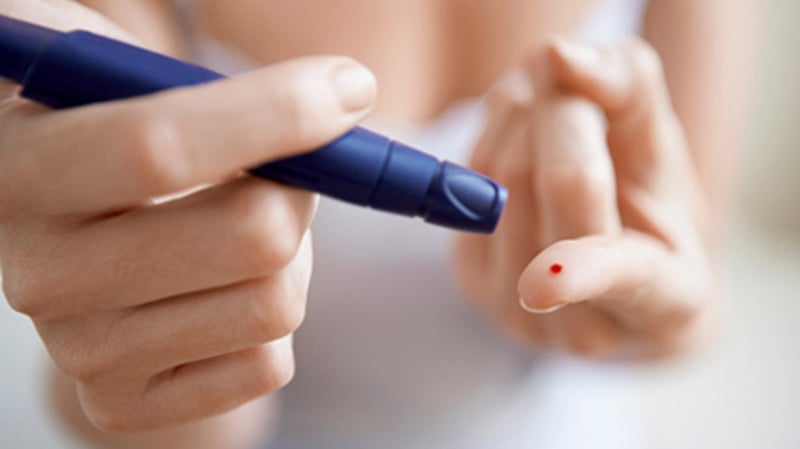(330) 876-1228
8507 Main StreetKinsman, OH 44428
(330) 876-1229

Open-source automated insulin delivery (AID) systems are an effective and safe way for people with type 1 diabetes to control their blood sugar levels, researchers say.
The AID systems combine an insulin pump, a continuous glucose monitor (CGM), and an algorithm that automatically adjusts insulin delivery every five minutes to keep glucose (sugar) levels in the target range.
Open-source AID systems - developed by people with diabetes and shared openly - were available for years before commercial AID systems. Even though open-source AID systems are used by people worldwide, they are not approved by the U.S. Food and Drug Administration.
In a new study, researchers compared the efficacy and safety of the most widely used open-source AID system to sensor-augmented pump therapy (SAPT).
The 24-week multicenter, randomized, controlled trial included 48 children and 49 adults ranging in age from 7 to 70. Many had little or no experience with AID.
The primary outcome was the percentage of time in target glucose range (TIR) between open-source AID and SAPT during the last two weeks of the trial.
The TIR improved among both children and adults in the open-source AID group, but not among those in the SAPT group. The TIR target of >70% - set by international guidelines - was met by 60% of those in the open-source AID group, compared with 15% of those in the SAPT group.
No severe hypoglycemic (low blood sugar) or diabetic ketoacidosis events occurred in either treatment group. There was no increase in overall hypoglycemia, according to the study, which was presented Monday at an American Diabetes Association (ADA) meeting. Research presented at medical meetings should be considered preliminary until published in a peer-reviewed journal.
"We were encouraged to see the greatest improvements in time in range were in those who had the lowest time in range at the start of the study. This supports the finding that a wide range of people with diabetes who want to use this technology could benefit from it, regardless of their outcomes with previous therapies," said study author Dana Lewis, a diabetes researcher and founder of the open-source artificial pancreas movement.
"Our findings demonstrate that this is a safe and effective technology and adds to the body of evidence supporting use of open-source AID for improving glycemic outcomes," study lead investigator Dr. Martin de Bock, a pediatric endocrinologist at the University of Otago, in Christchurch, New Zealand, said in an ADA news release.
More information
There is more on type 1 diabetes at the JDRF.
SOURCE: American Diabetes Association, news release, June 6, 2022
